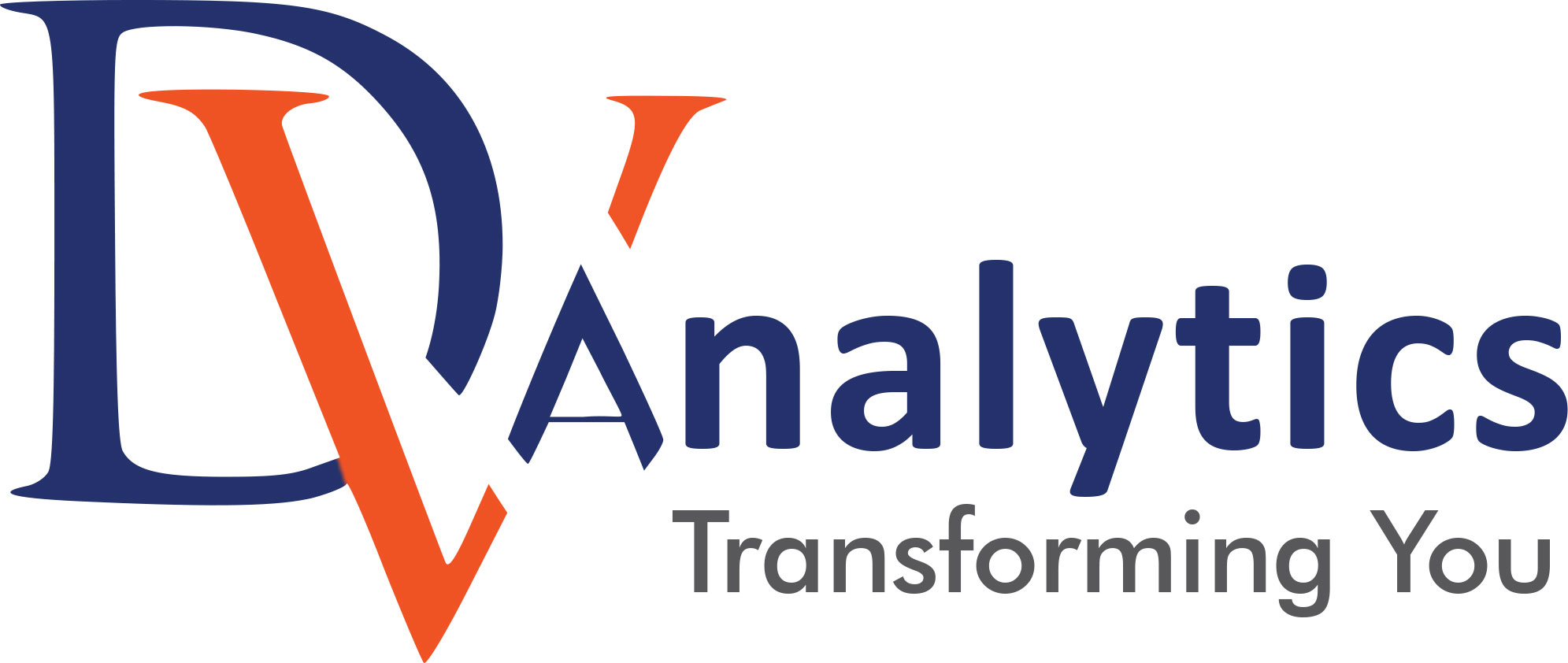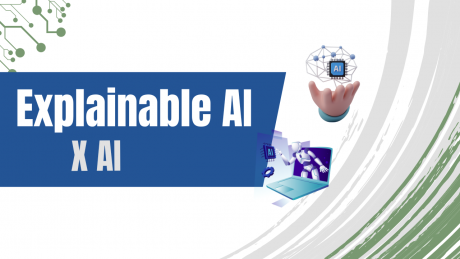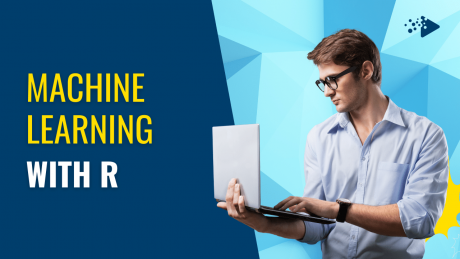🤖📊 Course Title:
Machine Learning & Data Science Mastery: From Fundamentals to Deployment
📖 Course Overview:
Unlock the power of AI and Data Science with this comprehensive course designed for beginners and aspiring data professionals. You’ll journey from essential concepts to advanced techniques like NLP, ensemble models, and hands-on model deployment — preparing you for real-world ML projects.
📘 Course Snapshot
| 📌 Parameter | 📋 Details |
|---|---|
| 🕒 Total Duration | 17 hours 35 minutes |
| 📈 Skill Level | Beginner to Intermediate |
| 💻 Mode | 100% Online, Video-Based |
| 🛠️ Tools Used | Python, Jupyter Notebook, Scikit-learn, Pandas |
| 🎓 Certificate | Yes — Certificate of Completion |
🎬 Course Sessions Breakdown
🎥 Session 1: Introduction to Data Science & Machine Learning
Duration: 27 mins
📌 Get a friendly introduction to the world of Data Science and Machine Learning, its applications, and career scope.
Key Topics:
- What is Data Science & ML?
- Real-world applications and career tracks
- Course roadmap overview
💡 Pro Tip: Start thinking of problems around you that can be solved with data!
📊 Session 2: Foundations of Statistics for ML
Duration: 1 hr 26 mins
📌 Master the fundamental statistical concepts that power all Machine Learning models.
Key Topics:
- Measures of central tendency
- Probability distributions
- Variance, standard deviation, and correlation
🔥 Bonus: Essential for acing data science interviews!
🧹 Session 3: Data Preparation & Cleaning Techniques
Duration: 1 hr 18 mins
📌 Learn how to clean and transform messy, real-world data into model-ready datasets.
Key Topics:
- Handling missing data
- Encoding categorical variables
- Detecting and fixing outliers
💡 Motivation: Clean data = better, reliable models!
📈 Session 4: Regression Models & Predictive Analytics
Duration: 3 hrs 1 min
📌 Build your first predictive models using regression techniques and understand how to interpret results.
Key Topics:
- Simple and multiple linear regression
- Logistic regression for classification
- Assumptions testing
🔥 Bonus: Great for stock market trends, sales predictions, and customer churn analysis!
🌳 Session 5: Decision Trees & Model Evaluation
Duration: 4 hrs 12 mins
📌 Discover one of the most powerful and interpretable algorithms — Decision Trees. Learn how to select the right model and validate its performance.
Key Topics:
- Decision Trees for classification and regression
- Model pruning and optimization
- Cross-validation techniques
💡 Tip: Decision Trees form the backbone of ensemble methods like Random Forest!
🌲 Session 6: Ensemble Learning Techniques
Duration: 1 hr 50 mins
📌 Combine multiple models to build highly accurate, robust ML solutions using ensemble methods.
Key Topics:
- Random Forest — bagging technique
- Boosting algorithms — AdaBoost, Gradient Boosting
🔥 Bonus: Used in competitive ML hackathons and enterprise ML systems.
🛠️ Session 7: Feature Engineering
Duration: 53 mins
📌 Transform raw data into powerful features that boost your model’s performance.
Key Topics:
- Creating derived features
- Handling multicollinearity
- Scaling and normalizing data
💡 Fact: 70% of ML success comes from great feature engineering!
💬 Session 8: NLP & Text Analytics
Duration: 1 hr 39 mins
📌 Learn how machines process and understand human language with NLP fundamentals and build your first sentiment analysis model.
Key Topics:
- Text preprocessing techniques
- Tokenization and vectorization
- Sentiment analysis project
🔥 Bonus: Apply your learning to product reviews, tweets, and news headlines.
📊 Session 9: Hypothesis Testing
Duration: 55 mins
📌 Validate your business and model assumptions statistically through hypothesis testing techniques.
Key Topics:
- Null and alternative hypothesis
- P-value interpretation
- T-tests and chi-square tests
💡 Motivation: Essential for data-driven decision making in business.
🌟 What You’ll Learn
✅ Core concepts of Data Science and Machine Learning
✅ Build regression and classification models
✅ Data cleaning, feature engineering, and model validation techniques
✅ Apply NLP for text analysis and sentiment prediction
👨🏫 Who Should Take This Course?
- 🧑🎓 Aspiring Data Scientists & ML Engineers
- 📊 Data Analysts upgrading to ML capabilities
- 💻 Software Developers pivoting to data-centric roles
- 📚 MBA & Engineering students targeting AI/ML careers
- 🚀 Curious learners passionate about AI and data
🎁 What You’ll Get
- 📂 Downloadable Python scripts & Jupyter Notebooks
- 📜 Cheatsheets for statistics, regression, and ML workflows
- 📽️ Lifetime access to all session videos
- 🎓 Certificate of Completion
- 🎧 Instructor-led Q&A sessions
🎯 Ready to Become a Data-Driven Problem Solver?
Master Machine Learning practically — from cleaning data to deploying powerful models.
👉 Enroll now and start your journey to becoming an ML expert!
Course Curriculum
| Session 0: Download Full course Material | |||
| ML – Course Material | FREE | 00:00:00 | |
| Session 1: Introduction to Data Science & ML | |||
| ML-0 Introduction | FREE | 00:03:00 | |
| ML-1. Introduction to Data Science and Machine Learning | 00:24:00 | ||
| ML-Session 1: Knowledge Test | 00:05:00 | ||
| Session 2: Foundations of Statistics for ML | |||
| ML-2. Basic Statistics Part-1 | 00:43:00 | ||
| ML-3. Basic Statistics Part-2 | 00:43:00 | ||
| ML-Session 2: Knowledge Test | 00:05:00 | ||
| Session 3: Data Preparation & Cleaning Techniques | |||
| ML-4. Data Cleaning-1 | FREE | 00:38:00 | |
| ML-5. Data Cleaning-2. | 00:40:00 | ||
| ML-Session 3: Knowledge Test | 00:10:00 | ||
| Session 4: Regression Models & Predictive Analytics | |||
| ML-6. Regression Analysis-1 | 01:03:00 | ||
| ML-7. Regression Analysis-2 | 01:01:00 | ||
| ML-8. Logistic Regression | 00:57:00 | ||
| ML-Session 4: Knowledge Test | 00:12:00 | ||
| Session 5: Decision Trees & Model Evaluation | |||
| ML-9. Decision Tree-1 | 00:55:00 | ||
| ML-10. Decision Tree-2 | 00:45:00 | ||
| ML-11. Decision Tree-3 | 01:02:00 | ||
| ML-12. Model Selection | 00:48:00 | ||
| ML-13. Model Cross Validation | 00:42:00 | ||
| ML-Session 5: Knowledge Test | 00:20:00 | ||
| Session 6: Ensemble Learning Techniques | |||
| ML-14. Ensemble Model – Random Forest | 01:07:00 | ||
| ML-15. Ensemble Model – Boosting | 00:43:00 | ||
| ML-Session 6: Knowledge Test | 00:08:00 | ||
| Session 7: Feature Engineering | |||
| ML-16. Feature Engineering. | 00:53:00 | ||
| ML-Session 7: Knowledge Test | 00:04:00 | ||
| Session 8: NLP & Text Analytics | |||
| ML-17. NLP and Text Mining Concepts | 01:08:00 | ||
| ML-18. Sentiment Analysis | 00:31:00 | ||
| ML-Session 8: Knowledge Test | 00:08:00 | ||
| Session 9: Hypothesis Testing | |||
| ML-19. Testing of Hypothesis | 00:55:00 | ||
| ML-Session 9: Knowledge Test | 00:05:00 | ||
| ML Quiz | |||
| Machine Learning Quiz Questions | 00:00:00 | ||






